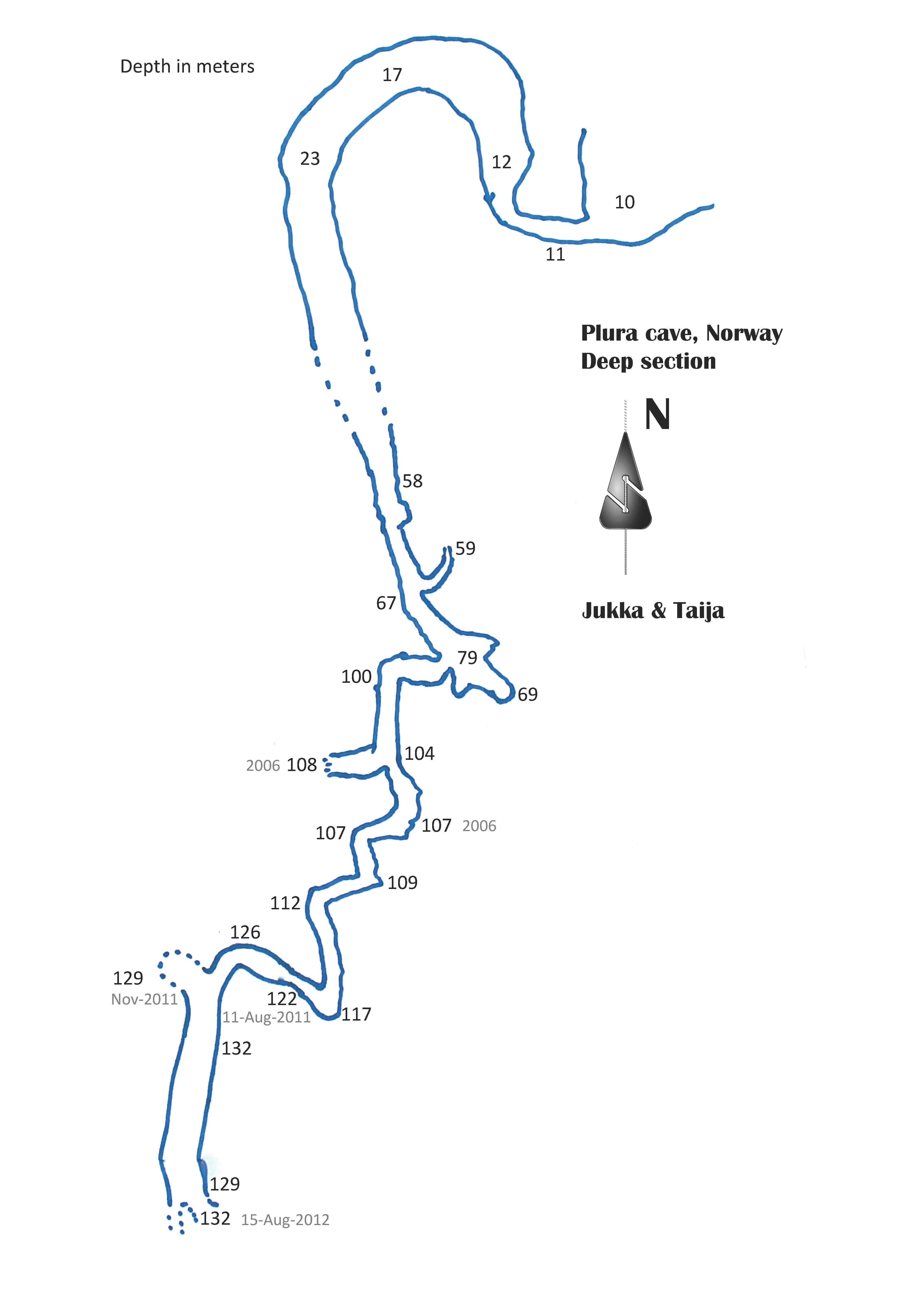gianaameri
Contributor
- Messages
- 793
- Reaction score
- 162
In Finland ALL rebreather dives are done in +4 to +2 Celsius. Rebreathers are used for deep dives in cold water routinely. How deep... that I cannot tell as I am not a rebreather diver.
This dive had a deep part. It was not five hours at max depth. A lot of the planned time must have been deco time at shallow depth.
Testing on scrubber duration is done at the moment using two methodologies pertaining to depth: a. constant depth of 40 meters at 4C (therefore average depth of 40 meters) , or b. Quinetic methodology (which is less stringent and the max. depth is 40 meters, the average depth is a lot less). There is a third methodology which is the USN and is done even shallower (and with less CO2 flow)... so I can only see it applicable to shallow diving which is not the case here.
My point is if the best performing scrubber (we are talking duration and WOB, and not overall dimensions and size) out there (incidentally a near copy of the Cis excluding hydrophobic membrane) does not cut it for 5 hours at 40 meters constant depth 4C, then any rebreather unit at 129 meters 4C for a planned total dive time of 5 hours is very hazardous absent specific scrubber duration tests showing that it is not.
It may very well work provided you do not exert yourself, but if you exert yourself on the deep section at 4C even for a short time, then that could be enough to cause a temporary increase of CO2 in the system which incapacitates you, and from then on, once you are incapacitated, even if you bail-out (as was the case here for one of the divers), and even with buddy assistance (as was the case here for both the dead divers), it is too late. You are poisoned and that is it.




